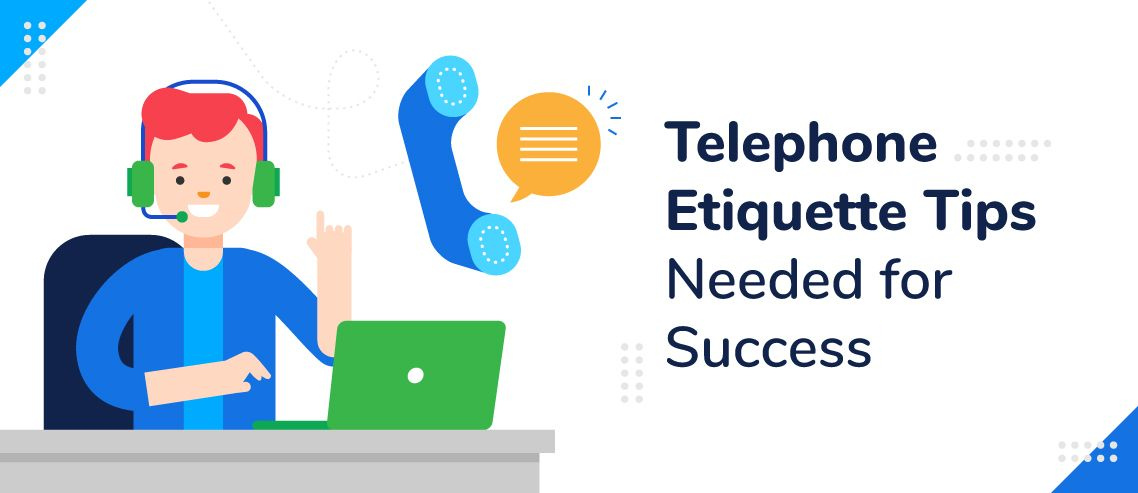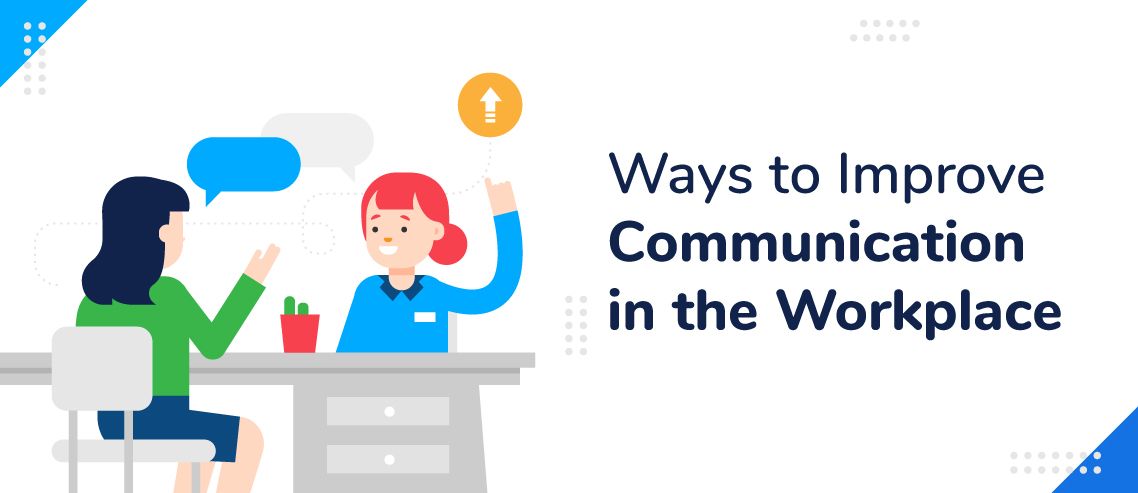10 Telephone Etiquette Tips Needed for Success in 2024

Phone calls were once the be-all and end-all when it came to remote communication in the business world. Once upon a time, when salespeople weren’t at meetings, they’d spend all day on the phone.
But as communication mediums have diversified – from email, Skype and virtual calls to texting and social media – is the humble phone call still important?
According to recent research, the answer is yes. In 2019, the length of calls to businesses increased by 22%, and the number of calls from consumers in the purchase phase of the buying cycle is increasing.
But as we talk on the phone less in our personal lives – with many people favoring text or messaging services – phone etiquette runs the risk of slipping, especially among younger employees.
With this in mind, here are our top telephone etiquette tips that are still very much needed for success in 2024.
1. Answer Quickly
Customers want to know you care about them, and leaving the phone ringing conveys a lack of urgency. It may even cause prospects to believe that customer service isn’t a priority at your organization.
59% of customers prefer to call because they want a quick answer. If you fail to deliver that, you may end up losing a sale.
Picking up the phone after ring number three is a good rule of thumb – you don’t want to pick up after one and startle your caller. And you don’t want to be flustered and start the call on the back foot, either.
2. Introduce Yourself
In this era of social media, it can be easy to assume that business contacts have checked you out on LinkedIn and already have some idea of who you are. But the rules are different over the phone.
Unless you’ve spoken to a prospect before, take the time to explain who you are, what your role is within the organization, and how exactly you can help them and vice versa.
If this is a relationship you want to build, you can always follow up the call with an email including your digital contact details.
3. Set out the Purpose of the Call Early on
Every single call should have a goal, and in order to meet that goal, both parties need to be on the same page from the start.
There’s no awkwardness in stating the point of the call early on – as long as it’s done right. Be clear and concise, but friendly. Professionals are more time-poor now than ever before. They’ll thank you for providing this direction.
4. Speak Clearly
This might sound obvious, but we’re not as used to speaking on the phone as we used to be.
When your voice is your only mode of communication – without facial expressions or body language – it’s vital that you speak clearly and at an appropriate volume. While this can take a little bit of effort, mumbling will betray a lack of knowledge or confidence.
Remember, no one can lip read on a voice call. Make an effort to practice speaking on the phone to ensure you come across the way you intend to.
5. Master Brand Tone of Voice
You know that tone-of-voice branding your marketing team has been pushing on you? When the phone rings, it’s time to use it. The most successful brands these days have a cohesive tone of voice across all platforms – including on external calls.
If someone calls up a brand that presents itself as friendly and caring only to be met with a cold response, it will be jarring. Similarly, if the caller expects a professional, corporate tone, and discovers an overly casual voice on the other end of the phone, the brand will feel less authentic.
Look at your organization’s tone-of-voice document and work out – with the help of the marketing team – what you can do during phone calls to ensure you’re upholding it. This could be the language you use, the content of the call, or simply how formal or informal you are. Most likely, it will be a mix of all three.

6. Give Your Full Attention
Just because you’re hidden behind a phone doesn’t mean you can slack off. They might not be able to see you, but the person you’re speaking to will know if your attention isn’t fully on them.
Asking questions and taking notes – and letting them know you’re writing down what they say – will help to make them aware that they’re receiving the level of attention they deserve. Repeat some of the details of what they say back to them to prove you’re listening – this sales trick is as old as time, but it works.
7. Ask Before Putting Someone on Hold or Transferring
This is a simple courtesy that’s all too often overlooked. Asking the person on the other end of the phone before you transfer them or put them on hold will go a long way to easing their user journey with you.
Simply pressing the button with no warning will come across as rude, and – with no timeline in mind – the caller may simply hang up. Think about how you like to be treated on a phone call, and extend the same courtesy to your callers.
8. Stay Positive
Perhaps the trickiest one on the list, staying positive is vital for those representing their company over the phone, even when dealing with complaints.
If you feel you can’t handle a complaint or difficult customer, stay positive and tell the caller you’ll get back to them as soon as possible. This buys you time to collaborate with colleagues on how best to move forward.
9. Remain Polite
As the old saying goes: “Manners cost nothing.”
Regardless of your brand tone of voice or the situation on the phone, there’s absolutely no excuse for deviating from being polite. Staying respectful and professional, even in trying situations, will go a long way toward gaining the mutual respect required to achieve the goals of your call.
10. Don’t Be Afraid to Switch Mediums
Look, the reality is that it’s 2024 and many people hate speaking on the phone.
In some workplace situations, speaking on the phone is completely unavoidable. But when trying to build a strong relationship with a new contact, consider asking them for their medium of choice.
Being the one salesperson or account manager who is willing to switch from using a virtual phone number for business to communicating with them via Skype or text, for example, will help you win major points with the phone-phobic among us.
Do you have any tricks of the trade when it comes to speaking on the phone? Share your wisdom in the comments below.
JD enjoys teaching people how to use ZoomShift to save time spent on scheduling. He’s curious, likes learning new things everyday and playing the guitar (although it’s a work in progress).



